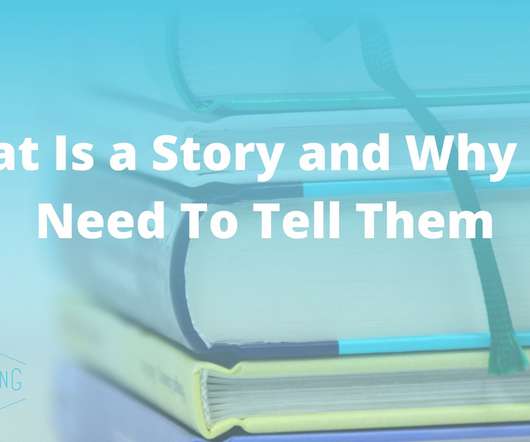Trainer’s Notebook: Just A Few Participatory Facilitation Techniques
Beth's Blog: How Nonprofits Can Use Social Media
JULY 25, 2017
I answered yes to all, but more importantly I think these two methods helped me the most: Carve out time for reflection after each training and do an after-action review with yourself. Many of us do this and take content notes, but it is also great to take notes about instructional design and facilitation techniques. Spectragram.


































Let's personalize your content